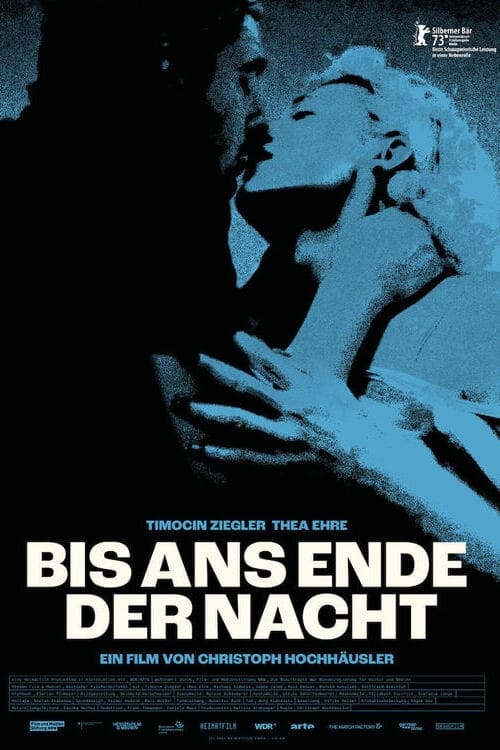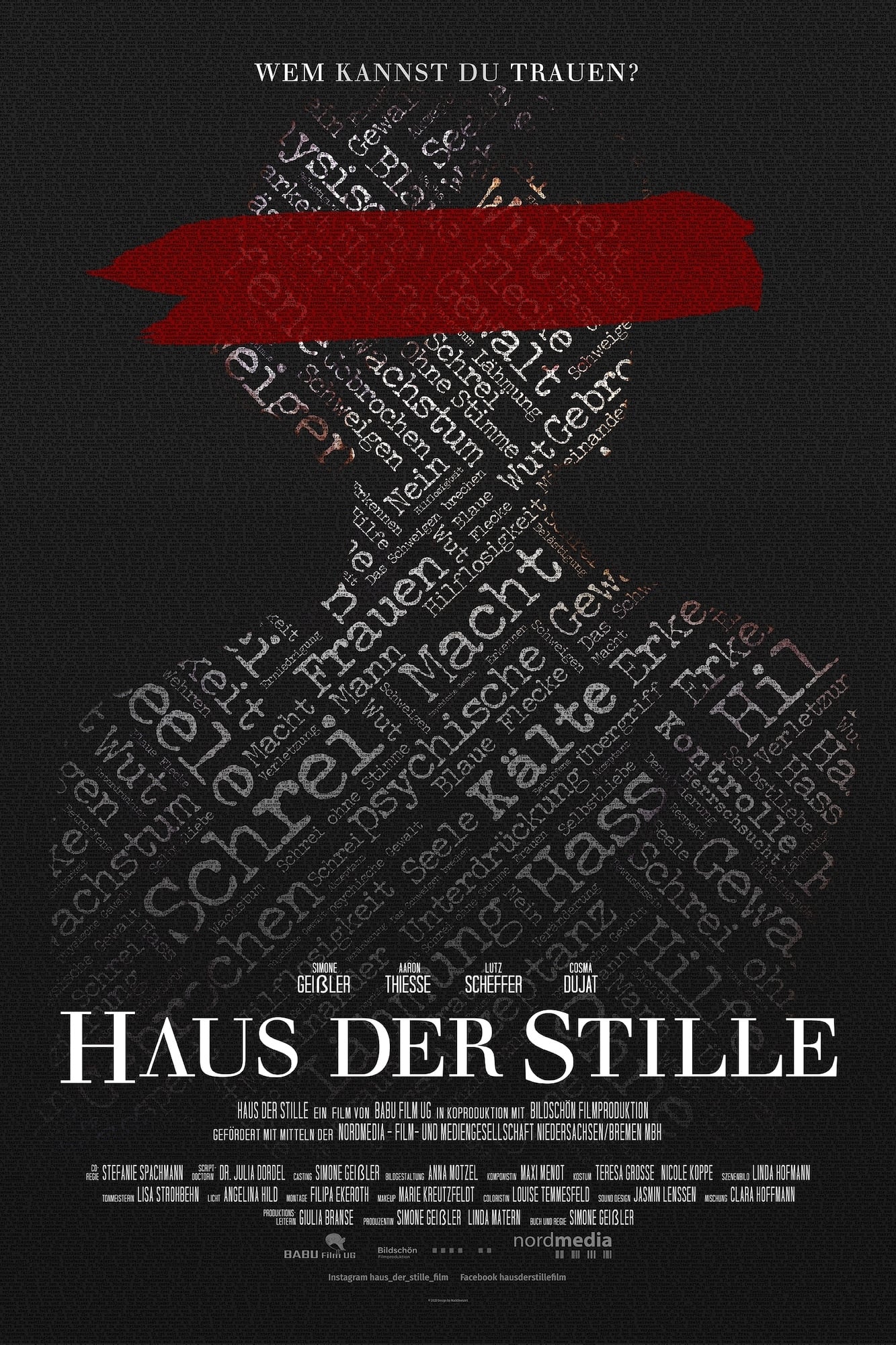
Mariss Jansons – Mahler: Symphony No. 2 in C Minor “Resurrection” (Live) (2018)
FLAC (tracks) 24 bit/48 kHz | Time – 01:20:52 minutes | 744 MB | Genre: Classical
Studio Masters, Official Digital Download | Digital Booklet, Front Cover | © BR-Klassik
Gustav Mahler’s Second Symphony, also referred to as the “Resurrection Symphony”, is a complete expression of Mahler’s existential struggle; both its form and its overpowering sound make this utterly clear. This live recording from 20011 is performed by the Chor and Symphonieorchester des Bayerischen Rundfunks under its chief conductor Mariss Jansons with the two singers Anja Harteros and Bernarda Fink.
Gustav Mahler wanted his Second Symphony to exceed any known format – and he also wanted it to tackle the key questions of existence: “Why have you lived?Why have you suffered?Is everything just one enormous, terrible joke?We have to solve these questions in some way if we want to carry on living,” said the composer.Similar questions preoccupied him throughout his life, and with a special intensity during his time as an opera conductor in Hamburg. The Second Symphony, also referred to as the “Resurrection Symphony”, is a complete expression of Mahler’s existential struggle; both its form and its overpowering sound make this utterly clear.
The symphony took several years to compose – it was written between 1888 and 1894. In September 1888, the first movement – which at this point still bore the title “Totenfeier” (“Funeral Rite”) – was already complete. The second and third movements were not written until 1893 and Mahler only completed the entire work in 1894. The composer himself said that the notion of making the final movement a musical setting of the idea of resurrection occurred to him in 1894 during the funeral for the conductor Hans von Bülow, in the St. Michaelis Church in Hamburg. At that time he was working on songs from “Des Knaben Wunderhorn”, and re-used “The Fish Sermon of St Anthony of Padua” and “Urlicht” from that song cycle as vocal insertions in his symphony. Like most of Mahler’s symphonies, the work follows a “Per aspera ad astra” pattern (“Through paths lead to the stars”). Starting with a funeral march in the main theme of the opening movement – the passing of a life full of vigour, pain, blows of fate, and only a few brief and beautiful moments – the symphony concludes with a triumphant resurrection movement. This finale, based on Klopstock’s poem “Resurrection”, was Mahler’s trenchant summary of the entire masterpiece, and is in fact the longest symphonic movement in his entire oeuvre.
The premiere of the complete symphony took place on December 13, 1895 in Berlin under Mahler’s direction;previously (on March 4 of that year) he had already performed the first three movements.The premiere of the Second Symphony thus took place after that of the Third.The reactions were initially subdued, but today the work ranks as one of the most popular of Mahler’s symphonies.- The Munich concert event of May 2011 is now being released on BR-KLASSIK as a CD – it is a star-studded, outstanding interpretation of one of the most important compositions in the Late Romantic symphonic repertoire.
Tracklist:
1. Symphony No. 2 in C Minor “Resurrection”: I. Allegro maestoso (Live) 21:26
2. Symphony No. 2 in C Minor “Resurrection”: II. Andante moderato (Live) 09:48
3. Symphony No. 2 in C Minor “Resurrection”: III. In ruhig fließender Bewegung (Live) 11:17
4. Symphony No. 2 in C Minor “Resurrection”: IV. Urlicht (Live) 05:00
5. Symphony No. 2 in C Minor “Resurrection”: V. Finale. Im Tempo des Scherzo (Live) 33:23
Personnel:
Anja Harteros, soprano
Bernarda Fink, alto
Chor des Bayerischen Rundfunks
Symphonieorchester des Bayerischen Rundfunks
Mariss Jansons, conductor
Download:
mqs.link_MarissJansnsMahlerSymphnyN.2inCMinrResurrectinLive20182448.rar










![Mariss Jansons, Bavarian Radio Symphony Orchestra, Bavarian Radio Chorus - Mahler: Symphonies Nos. 1-9 (Live) & [Rehearsal Excerpts] (2022) [FLAC 24bit/44,1kHz] Mariss Jansons, Bavarian Radio Symphony Orchestra, Bavarian Radio Chorus - Mahler: Symphonies Nos. 1-9 (Live) & [Rehearsal Excerpts] (2022) [FLAC 24bit/44,1kHz]](https://imghd.xyz/images/2022/11/30/vjl7dvfyq8xcc_600.jpg)
![Symphonieorchester Des Bayerischen Rundfunks, Mariss Jansons - Rachmaninoff: Symphonic Dances, Op. 45 (Rehearsal Excerpts) (2022) [FLAC 24bit/48kHz] Symphonieorchester Des Bayerischen Rundfunks, Mariss Jansons - Rachmaninoff: Symphonic Dances, Op. 45 (Rehearsal Excerpts) (2022) [FLAC 24bit/48kHz]](https://i0.wp.com/imghd.xyz/images/2022/05/13/gsscqp1dh71aa_600.jpg?resize=500%2C500&ssl=1)
![Bavarian Radio Symphony Orchestra, Mariss Jansons - R. Strauss: Till Eulenspiegels lustige Streiche, Op. 28, TrV 171 (Rehearsal Excerpts) (2021) [FLAC 24bit/48kHz] Bavarian Radio Symphony Orchestra, Mariss Jansons - R. Strauss: Till Eulenspiegels lustige Streiche, Op. 28, TrV 171 (Rehearsal Excerpts) (2021) [FLAC 24bit/48kHz]](https://imghd.xyz/images/2022/01/11/gkm3wwoudpgua_600.jpg)
![Genia KÜhmeier, Bavarian Radio Chorus and Symphony Orchestra, Mariss Jansons - Pärt, Poulenc & Stravinsky: Works for Choir & Orchestra (Live) (2022) [FLAC 24bit/48kHz] Genia KÜhmeier, Bavarian Radio Chorus and Symphony Orchestra, Mariss Jansons - Pärt, Poulenc & Stravinsky: Works for Choir & Orchestra (Live) (2022) [FLAC 24bit/48kHz]](https://imghd.xyz/images/2022/07/04/008fee10.jpg)
![Symphonieorchester Des Bayerischen Rundfunks, Mariss Jansons - R. Strauss & Brahms- Orchestral Works (Live) (2020) [FLAC 24bit/48kHz] Symphonieorchester Des Bayerischen Rundfunks, Mariss Jansons - R. Strauss & Brahms- Orchestral Works (Live) (2020) [FLAC 24bit/48kHz]](https://getimg.link/images/imgimgimg/uploads/2021/06/KsqhYLw.jpg)
![Mariss Jansons - R. Strauss Eine Alpensinfonie, Op. 64, TrV 233 (Live) (2024) [24Bit-48kHz] FLAC [PMEDIA] ⭐️ Mariss Jansons - R. Strauss Eine Alpensinfonie, Op. 64, TrV 233 (Live) (2024) [24Bit-48kHz] FLAC [PMEDIA] ⭐️](https://imageurl.xyz/images/2024/02/04/ab67616d0000b27393ff141912c4d10de9d77724.jpg)
![Bavarian Radio Symphony Orchestra, Mariss Jansons - Beethoven: Symphony No. 5 in C Minor, Op. 67 (Rehearsal Excerpts) (2022) [FLAC 24bit/48kHz] Bavarian Radio Symphony Orchestra, Mariss Jansons - Beethoven: Symphony No. 5 in C Minor, Op. 67 (Rehearsal Excerpts) (2022) [FLAC 24bit/48kHz]](https://imghd.xyz/images/2022/07/16/jxpwyp0l6ep0a_600.jpg)
![Symphonieorchester Des Bayerischen Rundfunks, Mariss Jansons - Mahler - Symphony No. 3 in D Minor (Live) (2021) [FLAC 24bit/48kHz] Symphonieorchester Des Bayerischen Rundfunks, Mariss Jansons - Mahler - Symphony No. 3 in D Minor (Live) (2021) [FLAC 24bit/48kHz]](https://mqs.link/wp-content/uploads/2022/05/iKP8cYq.jpg)
![Friedrich Schloffer, Mariss Jansons, Symphonieorchester Des Bayerischen Rundfunks - R. Strauss: Ein Heldenleben, Op. 40, TrV 190 (Rehearsal Excerpts) (2022) [FLAC 24bit/48kHz] Friedrich Schloffer, Mariss Jansons, Symphonieorchester Des Bayerischen Rundfunks - R. Strauss: Ein Heldenleben, Op. 40, TrV 190 (Rehearsal Excerpts) (2022) [FLAC 24bit/48kHz]](https://imghd.xyz/images/2022/08/24/mcto4vvuac2da_600.jpg)
![Symphonieorchester des Bayerischen Rundfunks, Mariss Jansons - Dvorak: Stabat mater (2016) [HighResAudio FLAC 24bit/48kHz] Symphonieorchester des Bayerischen Rundfunks, Mariss Jansons - Dvorak: Stabat mater (2016) [HighResAudio FLAC 24bit/48kHz]](https://getimg.link/images/imgimgimg/uploads/2018/02/tNGP5Rt.jpg)
![Yefim Bronfman, Hannes Läubin, Bavarian Radio Symphony Orchestra, Mariss Jansons - Shostakovich: Orchestral Works (Live) (2022) [FLAC 24bit/44,1kHz] Yefim Bronfman, Hannes Läubin, Bavarian Radio Symphony Orchestra, Mariss Jansons - Shostakovich: Orchestral Works (Live) (2022) [FLAC 24bit/44,1kHz]](https://imghd.xyz/images/2022/03/27/ud769rpontldc_600.jpg)
![Michael Tilson Thomas, The San Francisco Symphony - The Mahler Project (2010) [FLAC 24bit/96kHz] Michael Tilson Thomas, The San Francisco Symphony - The Mahler Project (2010) [FLAC 24bit/96kHz]](https://getimg.link/images/imgimgimg/uploads/2017/01/HHDTsz0.jpg)
![Symphonieorchester des Bayerischen Rundfunks, Mariss Jansons - Dvorak: Symphony No. 8; Suk: Serenade (2016) [Qobuz FLAC 24bit/96kHz] Symphonieorchester des Bayerischen Rundfunks, Mariss Jansons - Dvorak: Symphony No. 8; Suk: Serenade (2016) [Qobuz FLAC 24bit/96kHz]](https://getimg.link/images/imgimgimg/uploads/2018/02/4m9MeEI.jpg)
![Gustav Mahler - Symphony No. 6 in A minor ‘Tragic’ - Symphonieorchester des Bayerischen Rundfunks, Daniel Harding (2015) [Qobuz FLAC 24bit/48kHz] Gustav Mahler - Symphony No. 6 in A minor ‘Tragic’ - Symphonieorchester des Bayerischen Rundfunks, Daniel Harding (2015) [Qobuz FLAC 24bit/48kHz]](https://getimg.link/images/imgimgimg/uploads/2017/07/ULsmnHR.jpg)
![Gustav Mahler - 10 Symphonien - Symphonieorchester des Bayerischen Rundfunks, Rafael Kubelik (2015) [AcousticSounds FLAC 24bit/96kHz] Gustav Mahler - 10 Symphonien - Symphonieorchester des Bayerischen Rundfunks, Rafael Kubelik (2015) [AcousticSounds FLAC 24bit/96kHz]](https://getimg.link/images/imgimgimg/uploads/2017/07/yx49aDw.jpg)